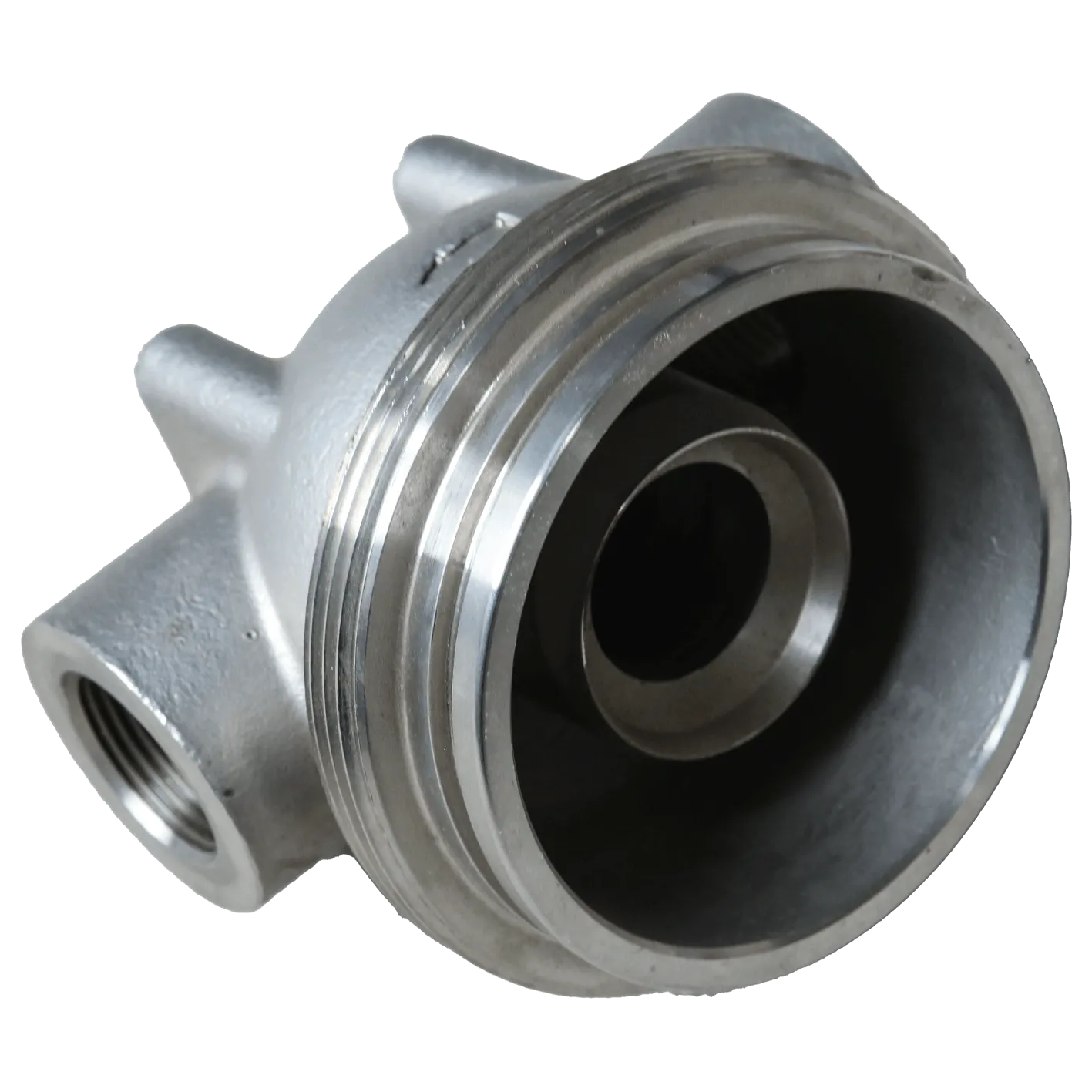Mobile:+86-311-808-126-83
Email:info@ydcastings.com
pump impeller casing
Understanding Pump Impeller and Casing The Heart of Fluid Dynamics
In the realm of fluid mechanics, the pump serves as a pivotal component, enabling the efficient movement of liquids from one location to another. At the core of a pump’s function lie the impeller and casing, two integral parts that work symbiotically to facilitate the transfer of energy from the motor driving the pump to the fluid being transported. This article explores the significance, design, and operation of the pump impeller and casing, shedding light on their roles in various applications from industrial processing to household water supply.
The Impeller Driving Force Behind Fluid Motion
The impeller is perhaps the most critical element of a centrifugal pump. Typically fabricated from materials like stainless steel, bronze, or plastic, the impeller comprises a rotating disk with blades that extend outward. When the pump is operational, the motor spins the impeller, causing the blades to impart kinetic energy to the fluid. This action not only increases the fluid’s velocity but also converts mechanical energy into hydraulic energy, creating a pressure differential that facilitates movement through the system.
Impellers come in various designs, including open, semi-open, and closed configurations. Open impellers, characterized by their absence of a shroud, are easier to clean and handle viscous fluids with solids, while closed impellers, with their shrouded blades, offer higher efficiency and pressure generation. The choice of impeller design depends on several factors, including the type of fluid being pumped, the desired flow rate, and the operational environment.
The Casing Containing and Directing Flow
While the impeller generates motion, the casing plays a crucial role in directing that motion efficiently. The pump casing encases the impeller and serves multiple functions. First and foremost, it provides a pathway for the fluid to flow through and helps to convert the kinetic energy imparted by the impeller into pressure energy. The design of the casing is crucial, as it must create a low-pressure area at the pump inlet while allowing for a higher-pressure outlet.
pump impeller casing

Casing designs come in various configurations, including volute and diffuser types. A volute casing features a spiral shape that gradually increases in area, allowing fluids to slow down and convert kinetic energy into pressure effectively. On the other hand, a diffuser casing employs stationary guide vanes to redirect the flow and minimize turbulence, thereby enhancing efficiency. The selection of casing design can substantially impact the overall performance and efficiency of the pump system.
Material Considerations
Material selection for both the impeller and casing is critical to the longevity and efficiency of the pump. Factors such as corrosion resistance, temperature tolerance, and the nature of the pumped fluid dictate material choices. For instance, pumps used for corrosive substances often utilize high-grade stainless steel or specific alloys, while those handling abrasive fluids might require hard coatings or specialized materials to withstand wear.
Conclusion Efficiency in Fluid Management
The impeller and casing of a pump are indispensable components that determine the operational efficacy of the entire system. Understanding their design, function, and material considerations can empower engineers and technicians to make informed decisions when selecting and operating pumps in various applications. Whether in municipal water supply systems, chemical processing plants, or oil extraction operations, optimizing the performance of these components leads to improved fluid management, reduced energy costs, and enhanced operational efficiency.
Investing time and resources into understanding and maintaining the integrity of the pump impeller and casing, therefore, is fundamental not only for achieving desired operational outcomes but also for ensuring longevity and reliability in fluid transport systems. As industries continue to evolve and demand more efficient and durable pumping solutions, advancements in impeller and casing designs will play a vital role in meeting these challenges head-on.
-
Why Should You Invest in Superior Pump Castings for Your Equipment?NewsJun.09,2025
-
Unlock Performance Potential with Stainless Impellers and Aluminum End CapsNewsJun.09,2025
-
Revolutionize Your Machinery with Superior Cast Iron and Aluminum ComponentsNewsJun.09,2025
-
Revolutionize Fluid Dynamics with Premium Pump ComponentsNewsJun.09,2025
-
Optimizing Industrial Systems with Essential Valve ComponentsNewsJun.09,2025
-
Elevate Grid Efficiency with High-Precision Power CastingsNewsJun.09,2025











